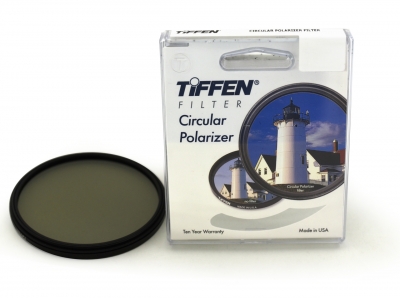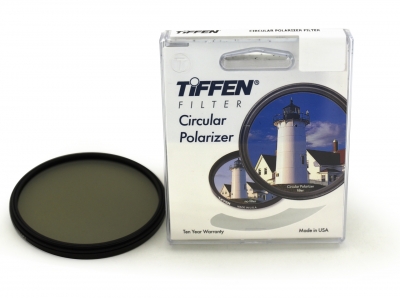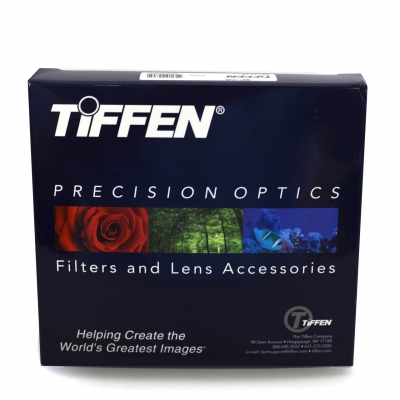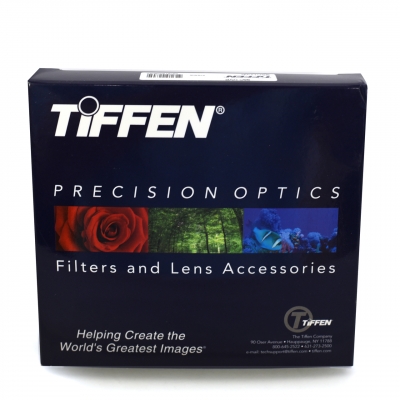37MM CIRCULAR POLARIZER FILTER TIFFEN


37MM CIRCULAR POLARIZER FILTER TIFFEN
WHY USE A POLARIZER?
What does a Circular Polarizing filter do? What’s the difference between a circular and linear polarizer? Along with UV and ND filters, Polarizer filters are among the essential Digital SLR camera filters every photographer should have this filter guide will explain it all. Polarizing filters provide color and contrast enhancement. Reflected light often shows up as whitish glare that washes out color in an image. A Polarizer filter corrects this problem producing deep, dramatically blue skies. It also removes glare from non-metallic surfaces, such as windows and water. Color saturation in general, especially outdoors, can be improved significantly by using polarizer filters.
Think of a Polarizer filter as Sunglasses for your camera.
Circular Polarizer Filters (CP filter)
How does a circular polarizing filter work, it absorbs rays of sunlight, by rotating the ring you control the effect. A Circular Polarizer has the same effect as a polarizer filter and is used on cameras with beam splitting metering systems commonly found on auto focus SLR’s (for most 35mm auto-focus cameras see your camera manual). The Standard Circular Polarizer filter blocks 1.5 stops of light and is one of those must have filters.
Essential general-use improves outdoor color saturation
Produces deep dramatically blue skies
Minimizes reflections in glass and on water for both black & white and color photography
Can be rotated to achieve desired effect.
Polarizers are an essential tool in outdoor photography and videography. They add deep contrast to a scene and will help you reduce reflections off of water and or metallic surfaces.
However, know that you shouldn’t use a Polarizer in every scenario. If you are photographing a sunset, you should remove your Polarizer, as they will have no effect when shooting a sunset.
The best way to determine using a Polarizer is the following:
Make a “gun” shape with your hand, using your forefinger as the barrel and your thumb as the gun’s hammer. Point your forefinger at the sun, and know that any direction you rotate your thumb will be a good place for optimal polarization. The common rule is that you need to be pointing 90 degrees from the sun for the best results.









